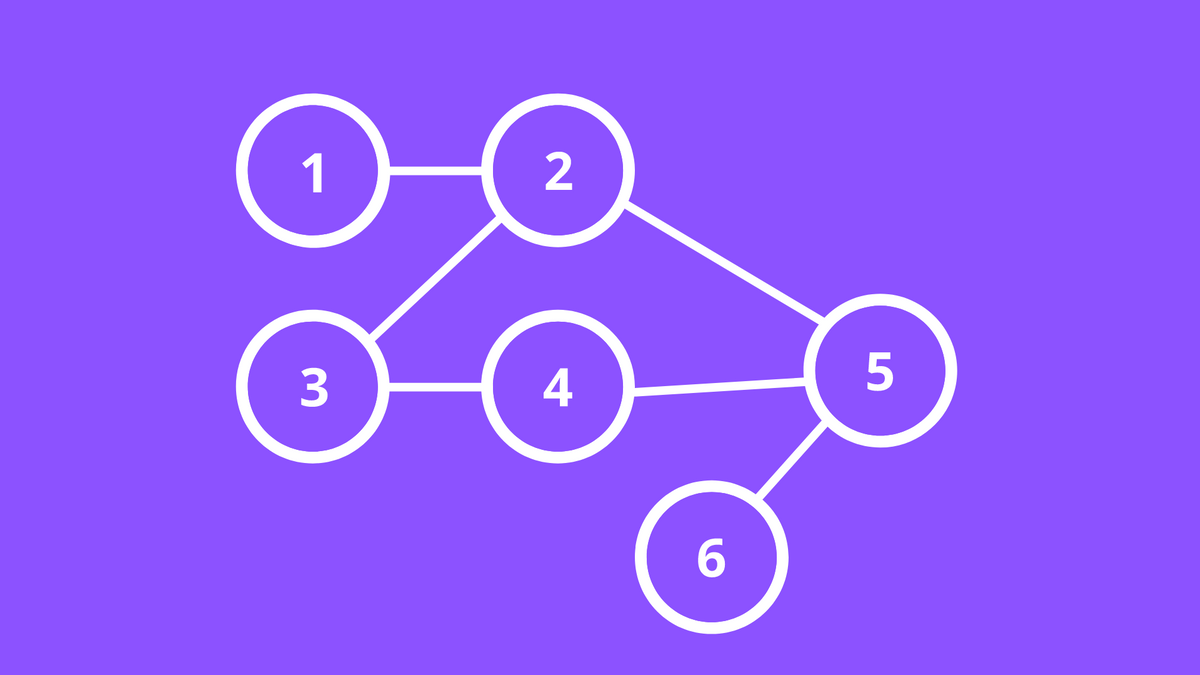
Syntax: Propositional Logic
Syntax: Propositional Logic
Propositions are denoted with capital letters P, Q, R...
For example:
P = "I cheated"
Q = "I wrote exam"
Lowercase letters (p, q, r...) are used for general propositions that have no meaning.
(❕ Use lowercase letters for general proofs)
Connectives
- p is well-formed formula (we will just use wff to save space)
- ¬p is a wff (It means not p)
- p ∧ q is a wff (It means p and q)
- p ∨ q is wff (It means p or q)
- p → q is wff (It means if p then q)
Additionally, we have if and only if p then q and we write it as p ↔ q.
Practice
Let's do a little practice to strengthen our newly introduced connectives.
Translate into English:
We know that
P = I cheat; Q = I will get caught; R = I write an exam; S = I will fail.
Translate ( R ∧ P) → (Q ∧ S) in to English.
Answer:
So the proper translation will be: If I write an exam and I cheat then I will get caught and I will fail.
Translate into Propositional logic:
Given:
"If James not die then Mary will not get any money and Jame's family will be happy."
Let's create a formula for these set of propositions. First, we should figure out what are the propositions. There are three propositions here:
- James dies
- Marry will get money
- Jame's family will be happy
Of course, just propositions seem a little bit weird😜.
Then, assign them with letters:
- P = James dies
- Q = Marry will get money
- R = Jame's family will be happy
Now, we should change some words with connective symbols:
- If .., then => →
- not => ¬
- and => ∧
Finally, we put everything together:
¬P → ( ¬Q ∧ R )
This was the common syntax of Propositional Logic. Hope it was helpful.
Written by Asadulloh Rakhimov
